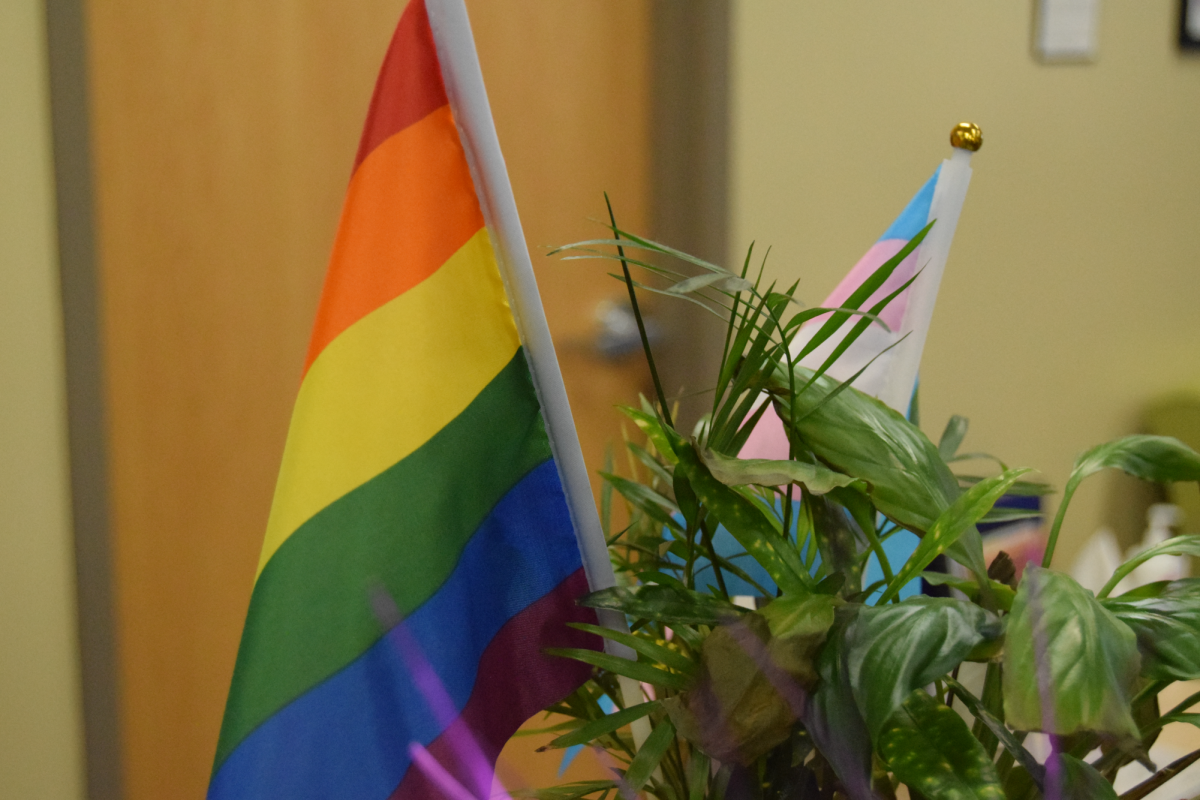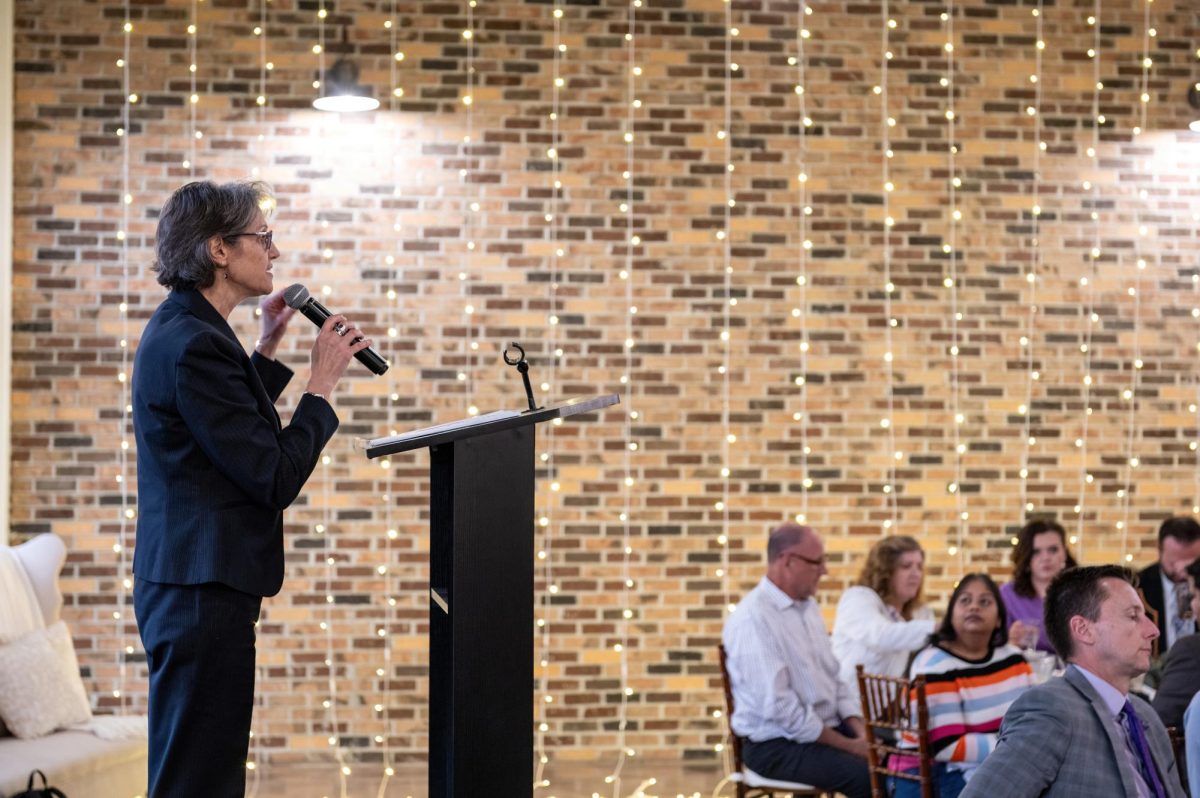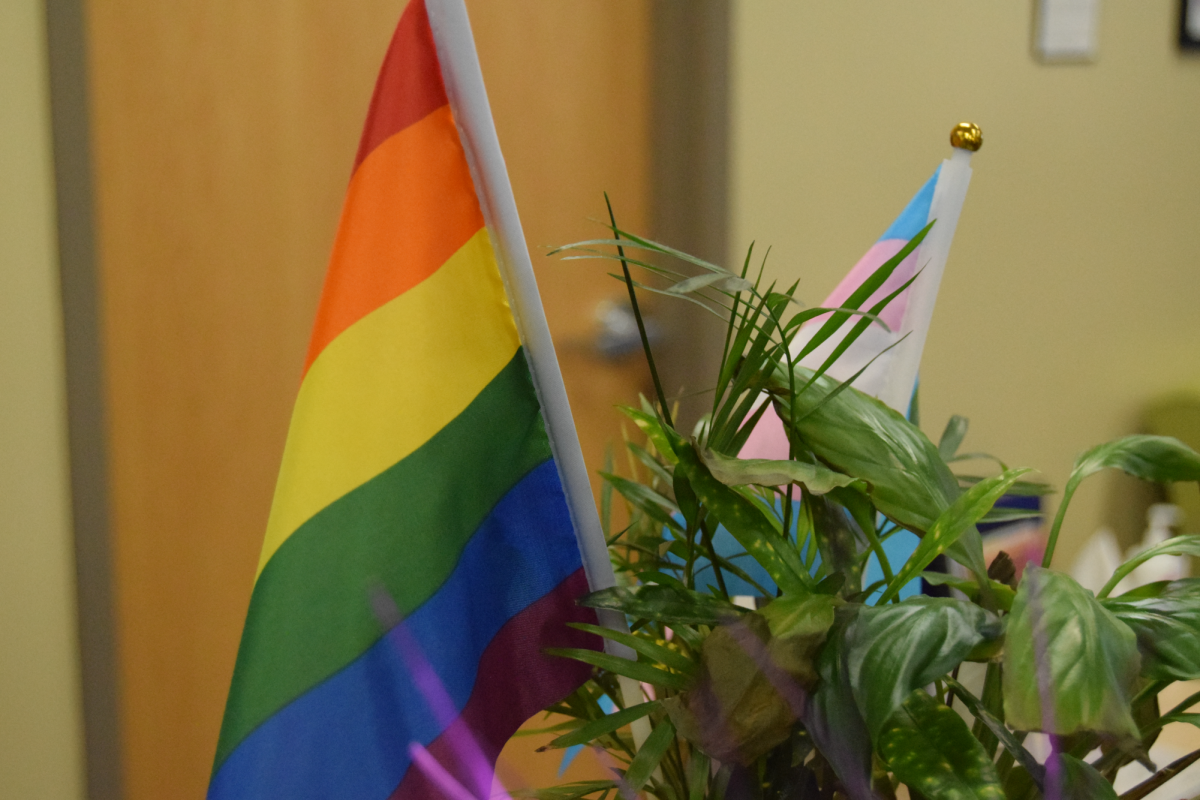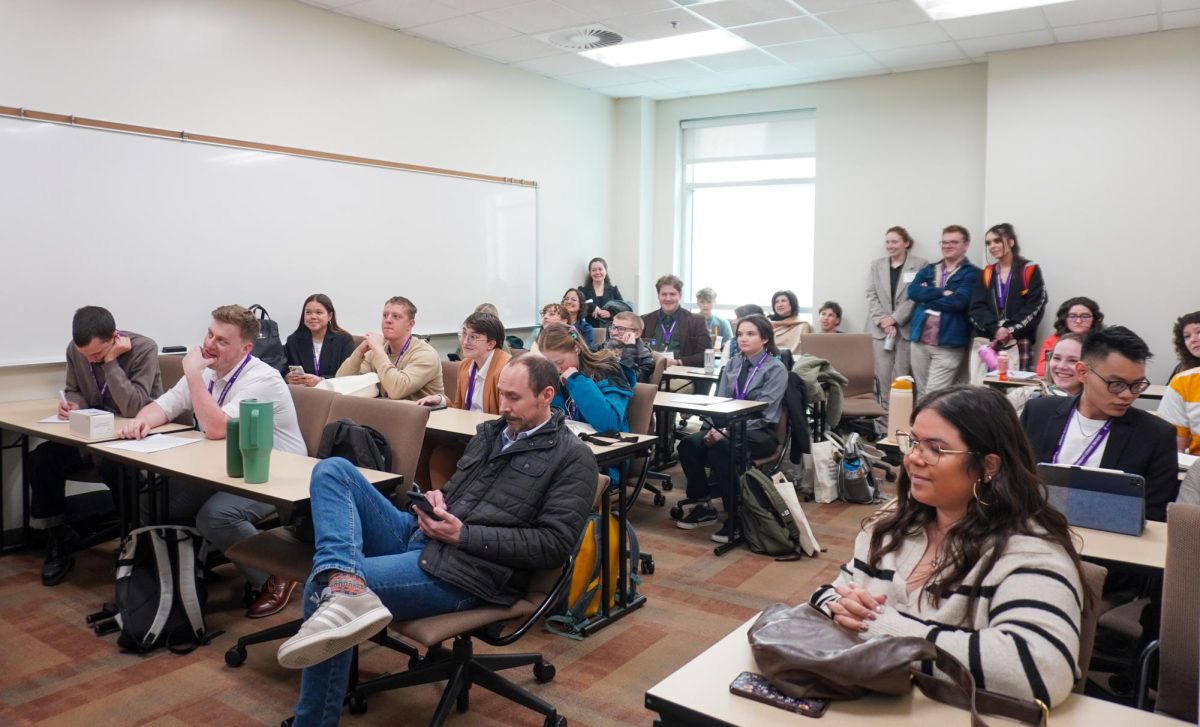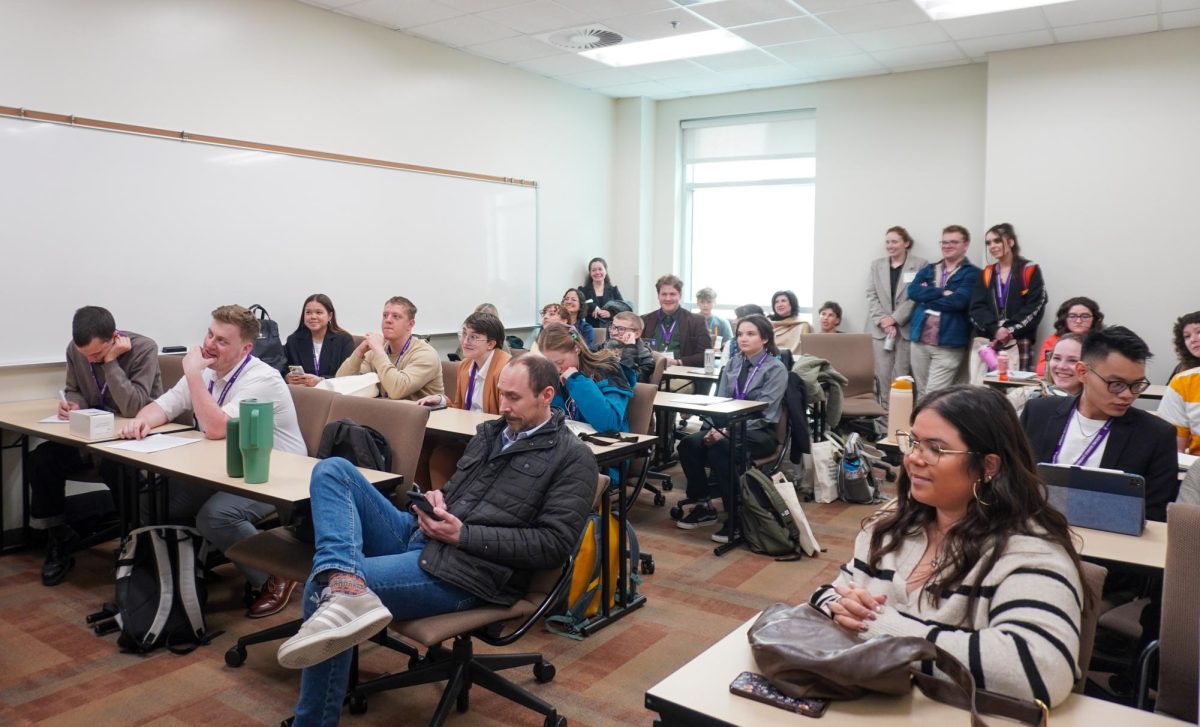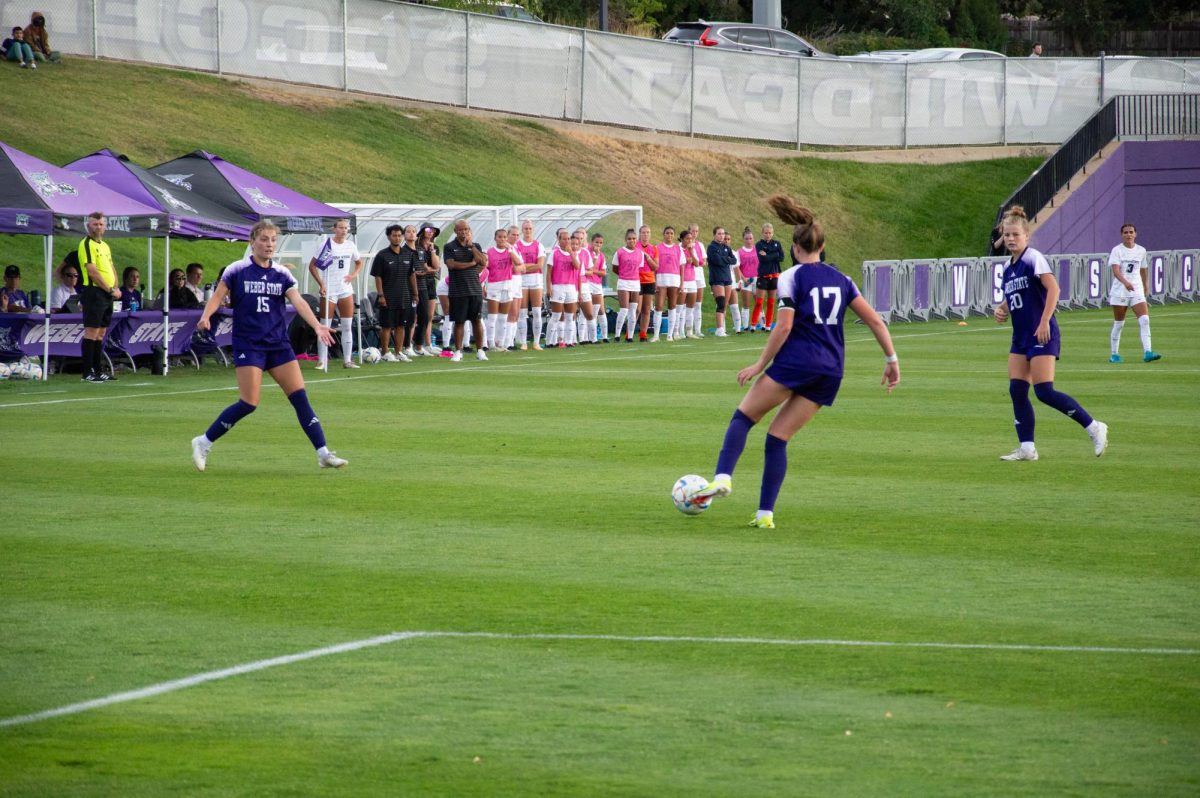The 3-year-old Master of Science in Nursing program has become the first graduate program at Weber State University ranked in the Best Graduate School Rankings, issued by U.S. News and World Report.
“Our school of nursing is honored by this ranking,” said Susan Thornock, interim chair of WSU’s school of nursing. “We have worked hard for the past few years to implement a program to provide opportunities for graduate education for our community and our profession.”
John Kowaleski, director of media relations, agreed it was an honor to the school.
“To receive this level of national recognition for the relatively new program is quite an accomplishment and something that we’re proud of,” he said.
Started in 2009, the MSN program offers two separate trucks: one for the potential nurse educator, and the other for the potential administrator in nursing. From the beginning, it received accreditation with the National League for Nursing Accrediting Commission.
“As a program, we are still in our infancy,” Thornock said. “We are always at capacity, meaning we always have more than enough applicants to fill our classes.”
Health care and its information management are among growing fields for education nationwide, as the nation faces an aging population. While the need for nurses grows, there is an increasing faculty shortage at nursing schools across the nation, due, in part, to a limited pool of doctorally prepared faculty and a wave of faculty retirements, according to the American Association of Colleges of Nursing. Thornock said there has been a national movement recently to continue to prepare the nation’s nurses for these advanced roles. Utah is one of the few states that has begun undertaking initiatives to tackle the shortage crisis.
“The program has a great degree of flexibility for people in full-time employment,” said Joyce Barra, MSN program director.
The program is delivered in a hybrid format, combining face-to-face classes three times during a semester with online learning.
“I think this flexibility is the major draw to this kind of program for peers who are working and living distantly,” Barra said. “So we have forks in Wyoming and Idaho, too.”
Along with its flexibility, “our continuous program evaluations help us maintain cutting-edge technology in our teaching methodology,” said interim chair Thornock, as a reason that the program works so well.
The program takes two years to complete and admits around from 20 to 24 students each year. If there are more applicants, they are admitted. Barra said that is a good sign that tells people that the program is valued and there are a lot of interests in it.” But she added, “entrance level in the program is very high.”





